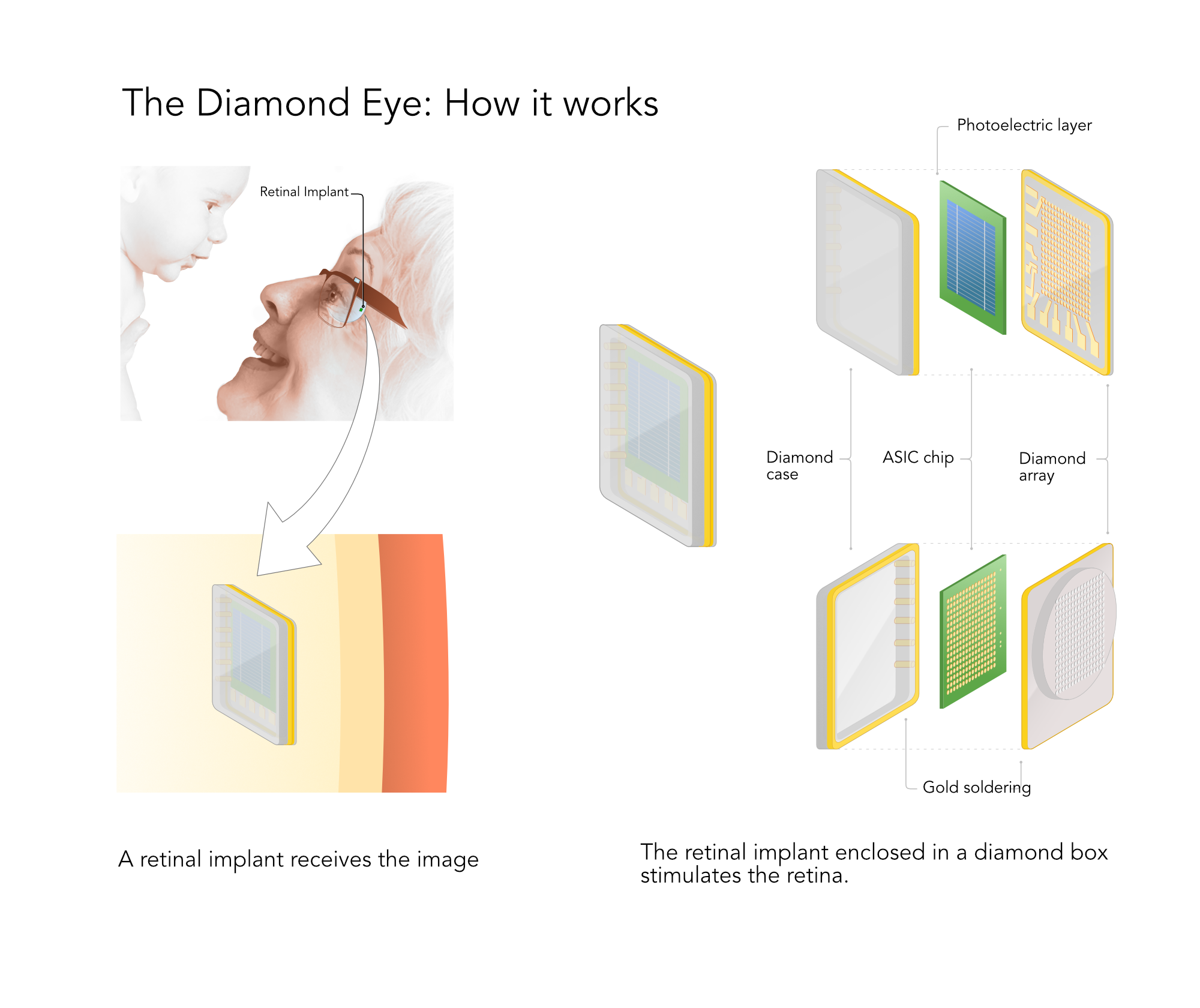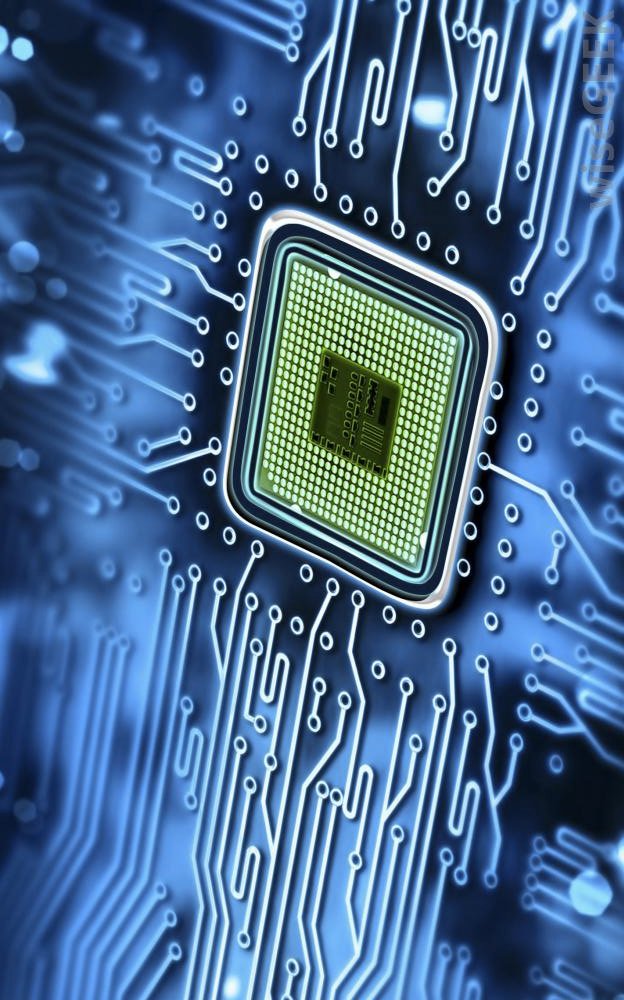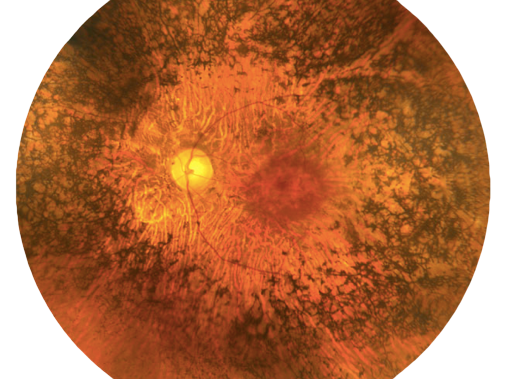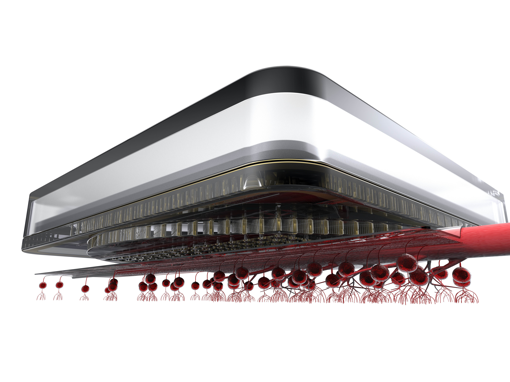iBIONICS Diamond Eye™ Core Features
High acuity
Superior diamond-based biomaterials
Highly flexible stimulator chip
Wireless technology

The iBIONICS Diamond Eye:
Cutting-edge Technology, Pioneering Materials
- The iBIONICS Diamond Eye is implanted on the inside surface of the retina.
- The box encapsulating the implant and the electrodes are crafted with stable, inert polycrystalline doped diamond .
- The diamond stimulates the retina to elicit neural response.
- The high-density microchip uses minimal power to electrically stimulate the retina with diamond electrodes.
Nitrogen-doped diamond (N-UNCD) can be modified to endow the material with a combination of properties required for a retinal implant:
- Biocompatibility
- Long-term stability
- A high charge injection capacity enabling effective stimulation at lower applied voltages and currents
“In developing the Diamond Eye, we are using a technology that takes advantage of the properties of diamond to stimulate the neural tissue and to safely encapsulate the electronics. We pioneered the concept of diamond as a superior material for bionics.”
Professor Steven Prawer
The Diamond Microchip
Silicon Microchip
The iBIONICS Diamond Eye encompasses a highly programmable, high-density silicon microchip that uses minimal power.
256 Electrodes (Scalable to 1024 Electrodes)
The implantable microchip is a slab of insulating diamond containing 256 electrodes (scalable to 1024 electrodes) made of conducting diamond .
Stimulator Pads
A specially designed stimulator chip with 256 independently addressable stimulator pads is bump bonded to the diamond electrode array.
Diamond Package
The bonded ASIC and electrode array is hermetically sealed in a diamond package using a special brazing technology and laser welding. The completed package is placed in a silicon carrier , inserted into the eye for epiretinal placement. The device is held in place by specially designed retinal tacks .
Video Credit: David Garrett
Don't Be Shy
Drop us a line anytime, and we’ll respond to you as soon as possible




